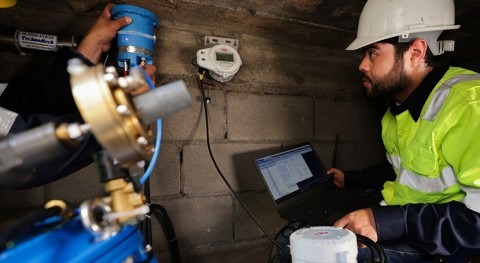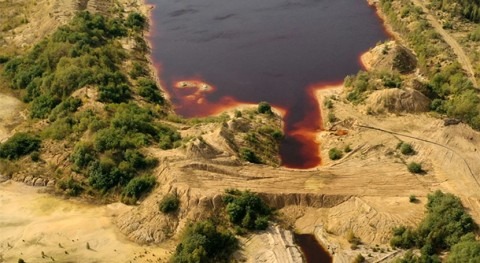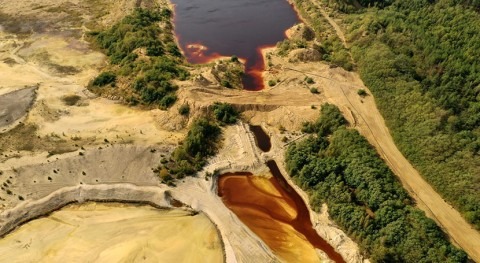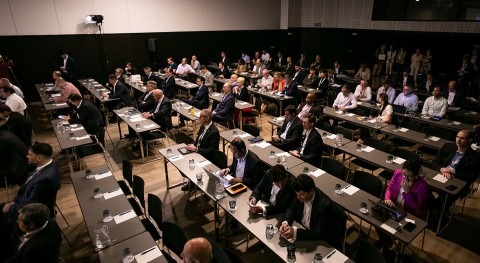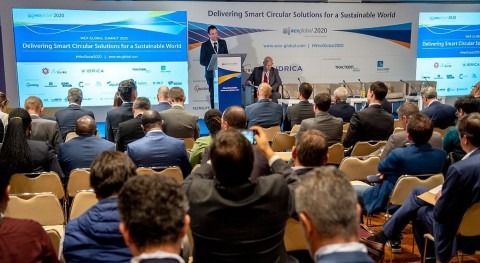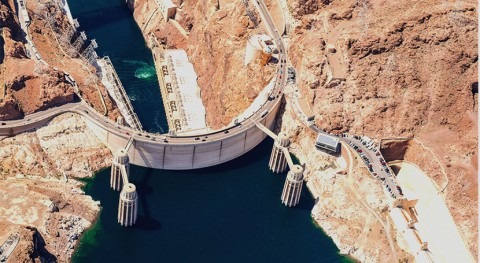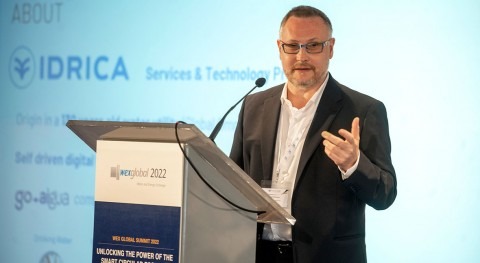In urban hydraulics, pressure management can reduce physical water leaks, improve network efficiency and lower operating and maintenance costs. But how does it actually work? According to Nicolás Monterde, Idrica's Country Manager in Mexico, there is already a lot of theory on the subject and technological developments on the market that help us to make decisions and to choose the best path to follow. The four vectors put forward by the International Water Association (IWA), for example, indicate the measures that can be implemented to curtail water losses and improve system efficiency.
The first aspect mentioned by the IWA is the importance of repairing failures as quickly as possible and to the highest possible standards. The other three equally important vectors are system pressure management, active leak control and infrastructure improvements. Adhering to these four recommendations will reduce network losses.
Monterde points out that there will always be some losses that cannot be avoided for economic and technical reasons, but these must be minimized. This will make the network more efficient and sustainable, which is what operators are looking for.
Analyzing the benefits of pressure management
According to the IWA, pressure management centers on adjusting the pressure in a system to its optimum level, while ensuring sufficient, efficient service for legitimate consumers and uses. At the same time, it should reduce unnecessary and excessive pressure and remove transient phenomena that impact on the lifespan of the infrastructure, as these factors both cause leakages that compromise actual efficiency.
To better understand the issues surrounding pressure and transients, we need to briefly analyze how pipes behave in water distribution systems.
In the case of new pipes and gravity systems, for example, the pipes’ inherent design and specifications mean that the range of pressures they work at are nowhere near any kind of breaking point.
Conversely, in a system which is already experiencing surges, the safety buffer between the maximum pressure in the system and pipe failure becomes smaller and smaller. However, it will probably still be way below the breaking point and the frequency and number of incidents is not likely to be very high.
Finally, if we analyze pipes that have been in use for a longer period of time, different factors such as the age of the pipes and corrosion factors that affect its resistance capacity begin to have an impact. The infrastructure may also be damaged by traffic loads in certain locations, by ground movements, and even by low or high temperatures that affect the pipe's expansion and contraction ratios. If we add pressure and transient phenomena, the network’s operations are already closer to pipe failure and the frequency of bursts increases significantly.
In general, this is how any pipeline system made of virtually any type of material behaves. However, as soon as a pressure management system is brought in, the frequency and range of transients is reduced across the board. Even though there is a surge, the breaking point will still be a long way off. Another effect of pressure management is that the frequency of failures decreases as a result of reducing the pressure. The leakage flow calculation shows that each reduction in pressure, albeit small in percentage terms, represents a significant improvement in network losses. This calculation also shows that controlling and managing network pressure immediately reduces leakage flow. In short, we can obtain significant benefits for the network by implementing solutions such as installing pressure reducing valves (PRV).
Advanced pressure management based on the use of technology
We can use technology to apply different pressure control mechanisms, including a simple setting that maintains pressure constant throughout the day to a system that differentiates between day and night (double pilot), and the weekends. In these cases, the settings take into account consumption in each situation. There are also more sophisticated systems that regulate pressure according to the real needs of the network at any given time.
Control technology has advanced significantly in recent years, enabling a valve's operating parameters to be defined with a wide range of options at practically every moment of its working life.
The GoAigua - Leaks technological solution monitors water distribution networks for the early detection of leaks using smart algorithms. Nicolás Monterde spoke about the success story of the city of Valencia, where the deployment of this technology has reduced non-revenue water by more than 30%. In addition, the automatic detection of leaks in less than 24 hours has reduced response times and network losses by 18%.




